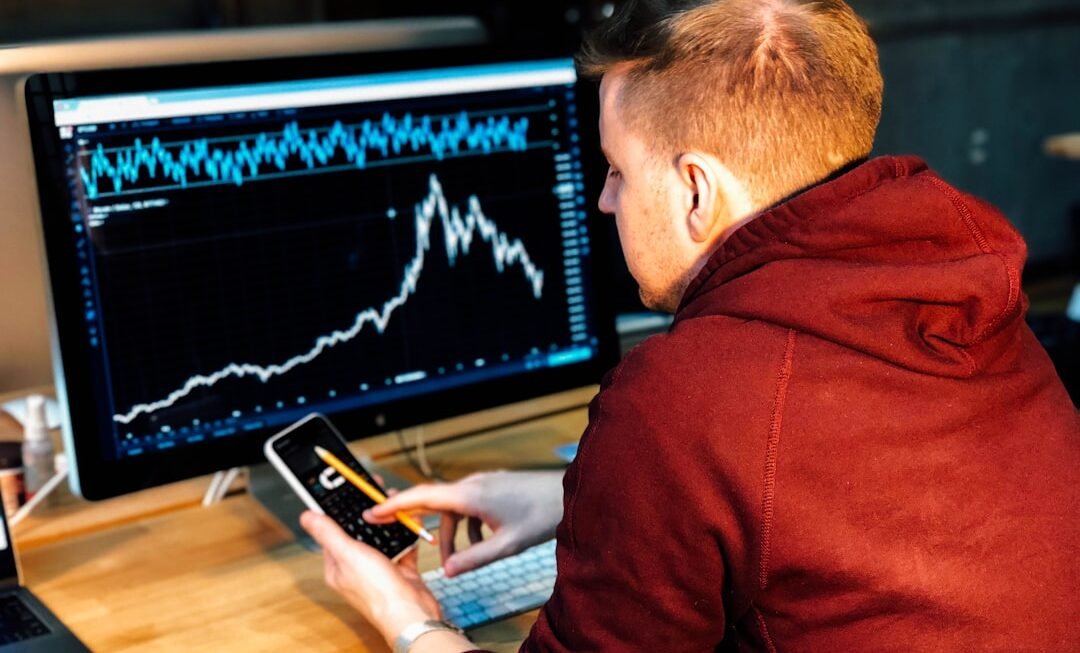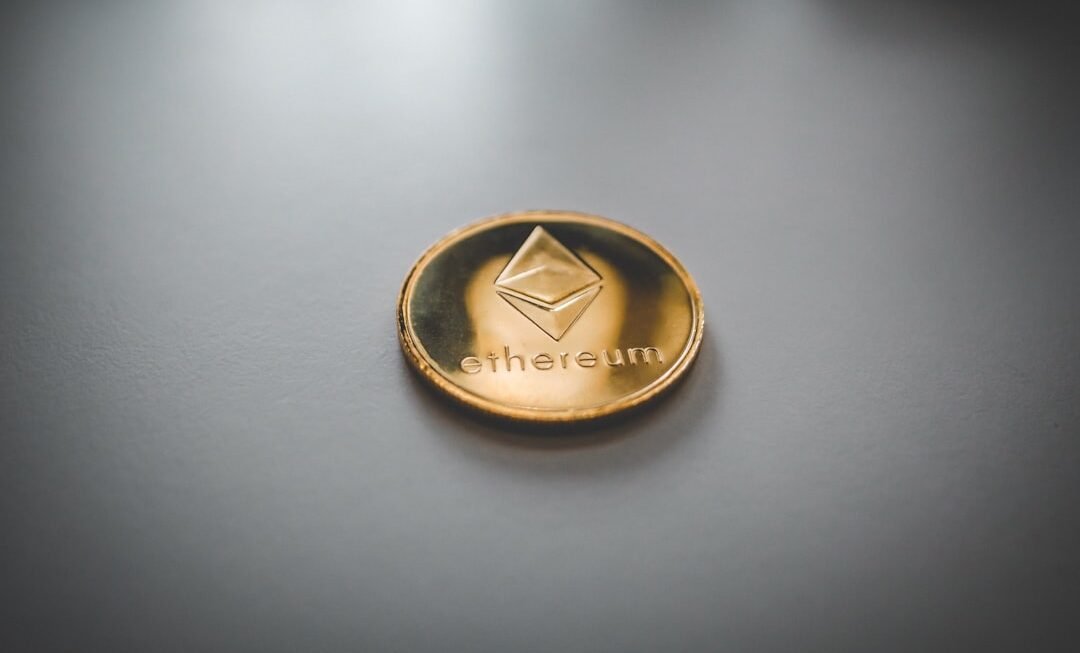The financial landscape has undergone a seismic shift with the advent of technology, particularly artificial intelligence (AI). Among the most transformative developments in this arena are open-source AI trading platforms. These platforms leverage the collective intelligence of a global community of developers and traders, allowing for the creation and refinement of sophisticated trading algorithms that can analyze vast datasets and execute trades with remarkable speed and accuracy.
Open-source AI trading platforms democratize access to advanced trading tools, enabling individual traders and small firms to compete with institutional giants. Open-source AI trading platforms are built on the principle of transparency and collaboration. Unlike proprietary systems, which are often shrouded in secrecy, open-source platforms allow users to inspect, modify, and enhance the underlying code.
This openness fosters innovation, as developers can share their insights and improvements with the community. As a result, traders benefit from a diverse array of strategies and tools that can be tailored to their specific needs, ultimately leading to more informed trading decisions.
The Evolution of Open-Source AI in Trading
The Rise of Open-Source Programming Languages
The rise of open-source programming languages like Python and R facilitated the development of trading algorithms that could be shared and improved upon by a broader audience. This democratization of algorithmic trading enabled a wider range of traders to participate and contribute to the development of new trading strategies.
The Integration of Machine Learning and Deep Learning
In recent years, the integration of machine learning and deep learning techniques into trading strategies has further propelled the evolution of open-source AI platforms. These technologies enable traders to analyze complex patterns in historical data, identify trends, and make predictions about future market movements.
Platforms and Frameworks
Platforms such as TensorFlow and PyTorch have become instrumental in this evolution, providing robust frameworks for building and deploying machine learning models. As a result, open-source AI trading has transitioned from simple rule-based systems to sophisticated models capable of adapting to changing market conditions.
Advantages of Open-Source AI Trading Platforms
One of the most significant advantages of open-source AI trading platforms is their cost-effectiveness. Traditional trading systems often require hefty licensing fees and ongoing maintenance costs, which can be prohibitive for individual traders or small firms. In contrast, open-source platforms are typically free to use, allowing traders to allocate their resources toward developing strategies rather than paying for software licenses.
This accessibility has led to a surge in participation from retail traders who previously lacked the means to engage in algorithmic trading. Another key benefit is the collaborative nature of open-source development. Traders and developers from around the world contribute their expertise, leading to rapid advancements in trading algorithms and strategies.
This collaborative environment fosters innovation, as users can share their findings, troubleshoot issues, and build upon each other’s work. The result is a vibrant ecosystem where cutting-edge techniques are continuously refined and made available to all participants. This collective intelligence not only enhances individual trading strategies but also contributes to the overall robustness of the trading community.
Examples of Successful Open-Source AI Trading Platforms
Several open-source AI trading platforms have gained prominence in recent years, showcasing the potential of collaborative development in this space. One notable example is QuantConnect, which provides a cloud-based algorithmic trading platform that allows users to design, backtest, and deploy trading strategies using various programming languages. With a rich library of data sources and an active community of developers, QuantConnect has become a go-to resource for traders looking to harness the power of AI in their strategies.
Another prominent platform is Backtrader, which focuses on backtesting trading strategies using historical data. This Python-based framework allows users to create custom indicators and strategies while providing extensive documentation and community support. Backtrader’s flexibility enables traders to experiment with different approaches and refine their strategies based on empirical evidence.
The platform’s success is a testament to the effectiveness of open-source collaboration in developing powerful trading tools.
The Role of Collaborative Innovation in Open-Source AI Trading
Collaborative innovation is at the heart of open-source AI trading platforms. The ability for developers and traders to work together fosters an environment where ideas can flourish and be tested against real-world scenarios. This collaborative spirit is exemplified by platforms like GitHub, where developers share their code repositories, enabling others to contribute improvements or adaptations.
Such collaboration accelerates the pace of innovation, as users can quickly implement new techniques or insights gleaned from the community. Moreover, collaborative innovation extends beyond mere code sharing; it encompasses knowledge exchange as well. Forums, discussion boards, and online communities provide spaces for traders to discuss strategies, share experiences, and seek advice on complex problems.
This collective knowledge base empowers users to make informed decisions and enhances their understanding of market dynamics. As a result, collaborative innovation not only leads to better algorithms but also cultivates a more knowledgeable and skilled trading community.
Challenges and Risks of Open-Source AI Trading Platforms
Quality Control Concerns
One significant concern is the quality control of the algorithms being shared within the community. While collaboration can lead to rapid advancements, it also opens the door for poorly designed or flawed algorithms to proliferate. Traders relying on these algorithms may face substantial financial losses if they do not thoroughly vet the strategies they choose to implement.
The Risk of Overfitting
Another challenge lies in the potential for overfitting—a common pitfall in machine learning where models perform exceptionally well on historical data but fail to generalize to new data. Traders must exercise caution when selecting algorithms from open-source repositories, ensuring that they conduct rigorous backtesting and validation before deploying any strategy in live markets.
Personal Responsibility
Additionally, the lack of formal oversight in open-source projects means that users must take personal responsibility for understanding the risks associated with their chosen algorithms.
The Impact of Open-Source AI on Traditional Trading Methods
The rise of open-source AI trading platforms has significantly impacted traditional trading methods by introducing new levels of efficiency and sophistication. Traditional traders often relied on manual analysis or basic technical indicators to make decisions; however, open-source AI enables them to leverage advanced machine learning techniques that can process vast amounts of data in real time. This shift has led to a more data-driven approach to trading, where decisions are based on empirical evidence rather than intuition alone.
Furthermore, open-source AI has democratized access to advanced trading tools that were once exclusive to institutional investors. Retail traders can now utilize sophisticated algorithms that analyze market sentiment, detect anomalies, or even execute trades autonomously based on predefined criteria. This newfound accessibility has leveled the playing field, allowing individual traders to compete more effectively against larger firms that have historically dominated the market.
The Future of Open-Source AI Trading Platforms
Looking ahead, the future of open-source AI trading platforms appears promising as technology continues to evolve at an unprecedented pace. The integration of artificial intelligence with blockchain technology could revolutionize how trades are executed and recorded, enhancing transparency and security within financial markets. Smart contracts could automate trade settlements while ensuring compliance with regulatory requirements—an area where traditional systems often struggle.
Moreover, advancements in natural language processing (NLP) may enable traders to analyze news articles, social media sentiment, and other unstructured data sources more effectively. By incorporating NLP into their strategies, traders could gain insights into market sentiment that were previously difficult to quantify. As these technologies mature, we can expect open-source AI trading platforms to become even more powerful tools for traders seeking an edge in increasingly competitive markets.
Regulatory Considerations for Open-Source AI Trading
As open-source AI trading platforms gain traction, regulatory considerations will become increasingly important. Financial regulators around the world are grappling with how best to oversee algorithmic trading practices while ensuring market integrity and protecting investors from potential abuses. The decentralized nature of open-source platforms poses unique challenges for regulators who must balance innovation with oversight.
One potential regulatory concern is the use of high-frequency trading (HFT) strategies that exploit minute price discrepancies across markets. While HFT can enhance liquidity and efficiency, it also raises questions about fairness and market manipulation. Regulators may need to establish guidelines for algorithmic trading practices that ensure transparency while allowing for innovation within the open-source community.
The Role of Data in Open-Source AI Trading Platforms
Data serves as the lifeblood of open-source AI trading platforms; without it, algorithms would lack the necessary inputs to make informed decisions. The availability of high-quality historical data is crucial for training machine learning models and validating trading strategies. Many open-source platforms provide access to extensive datasets covering various asset classes, enabling traders to develop robust algorithms based on empirical evidence.
Moreover, the ability to integrate real-time data feeds into open-source platforms enhances their functionality significantly. Traders can utilize APIs from financial data providers or exchanges to access live market information, allowing them to execute trades based on current conditions rather than relying solely on historical patterns. This real-time capability is essential for developing adaptive strategies that respond dynamically to changing market environments.
The Promise of Open-Source AI in Revolutionizing Trading
The emergence of open-source AI trading platforms represents a paradigm shift in how traders approach financial markets. By democratizing access to advanced tools and fostering collaborative innovation, these platforms empower individuals and small firms to compete on a more level playing field with institutional players. While challenges remain—such as quality control and regulatory oversight—the potential benefits far outweigh the risks.
As technology continues to advance and new methodologies emerge, open-source AI trading platforms will likely play an increasingly central role in shaping the future of finance. With their ability to harness collective intelligence and adapt rapidly to changing market conditions, these platforms hold great promise for revolutionizing how we trade and invest in an ever-evolving landscape.












